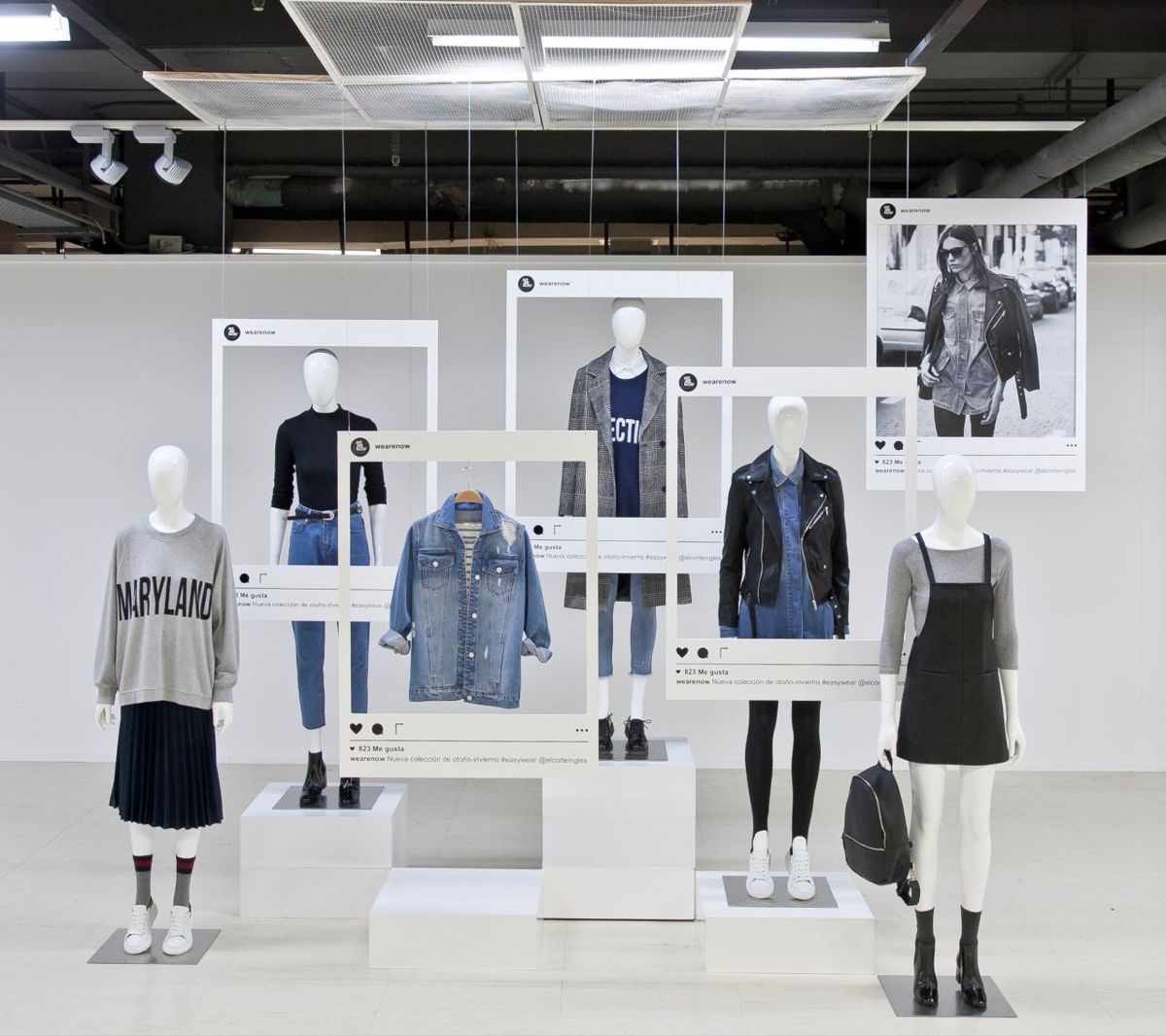Second-hand: structuring your offer without adding operational complexity – Build vs Buy

Second-hand fashion has evolved from a niche market to an essential strategic pillar. Consumers are embracing it, brands are committing to it, and what was once a trend has become a powerful driver of customer loyalty, acquisition, and engagement in a more circular fashion industry.
But behind this evolution lies a reality far more complex than it seems. Unlike new collections, where each piece is produced in series with a streamlined logistics process, second-hand requires a different approach. Each item is unique, every transaction is singular, and the entire operational flow— from take-back to resale, including logistics and taxation— must be completely rethought.
This brings brands to a fundamental question: should they develop a solution internally or rely on a specialized partner? In other words, should they “Build” or “Buy”?
Managing uniqueness at scale
In traditional retail, brands operate with clearly defined collections, standardized product references, and predictable inventory flows. With second-hand, all these certainties vanish. Every garment has its own condition, level of wear, and sometimes even rarity that affects its value. Two seemingly identical items may have completely different market values.
This is where Faume brings structure to what appears unstandardizable. Through automated evaluation, each product is analyzed based on its condition, sales history, and current demand, allowing for dynamic and appropriate pricing. Product descriptions are harmonized with enriched content and consistent visuals, ensuring a seamless shopping experience. In parallel, each item undergoes a rigorous quality control and authentication process, ensuring reliability and transparency for buyers.
📌 Build or Buy?
Developing such an infrastructure internally means creating a system capable of evaluating each product in real-time, optimizing pricing, and generating consistent product listings at scale. While some brands with strong internal tech capabilities may consider a custom development, most will quickly encounter challenges that make this level of internalization costly and complex to execute.

Adapting logistics to unpredictability
With new collections, everything is planned: production is anticipated, inventory is managed with precision, and distribution flows are optimized. But with second-hand, things are different. Stock arrivals are unpredictable, products come in through customer returns or take-back programs, and their conditions vary widely. This lack of regularity can quickly disrupt a logistics chain accustomed to predictability.
Faume transforms this apparent chaos into a fluid and fully orchestrated system. Using its WMS tool and international logistics network, each item deposited in-store or returned through an online service is immediately inspected, processed, and stored efficiently. Real-time tracking ensures perfect synchronization between physical and digital inventory, allowing brands to maintain operational agility without the usual disruptions.
📌 Build or Buy?
Mastering irregular second-hand flows isn’t just an extension of existing processes— it requires a complete rethink of logistics infrastructure, new technological tools, and training specialized teams. Most brands lack the internal resources to develop and integrate such a system without significant operational slowdowns.

Delivering a second-hand experience as smooth as new
While second-hand is growing exponentially, one challenge remains: customer confidence. Buying a pre-owned product shouldn’t feel like a gamble. Consumers expect a seamless shopping experience with clear navigation, high-quality visuals, and full transparency about product conditions.
Faume enables brands to provide a premium experience without compromise. The entire customer journey is designed to be simple and reassuring, from take-back programs to product resale. The resale interface integrates seamlessly into the brand’s universe, maintaining a consistent design, tone, and user experience. Detailed product pages, high-resolution images, and transparent product condition reports ensure buyers feel confident in their purchases.
📌 Build or Buy?
Some brands have tried to create their own second-hand marketplace by integrating it into their standard e-commerce platform. However, developing a second-hand-specific UX— one that is smooth, high-performing, and engaging— requires specialized expertise. What works for new collections does not always translate to resale, making an off-the-shelf solution more effective and efficient.

Navigating a complex fiscal and accounting framework
Beyond logistics and UX challenges, second-hand also presents a complex fiscal puzzle. Each country has specific VAT and accounting rules, making transaction management far more complicated than standard retail.
Faume integrates these complexities directly into its solutions. Tax management is automated, with VAT rates adapted to each market. Seamless synchronization with brands’ accounting tools ensures compliance while simplifying financial reporting. Real-time dashboards help track performance and anticipate necessary adjustments.
📌 Build or Buy?
Managing second-hand taxation internally requires deep regulatory expertise and constant monitoring of evolving laws. For most brands, outsourcing this to an expert partner eliminates major risks while ensuring full compliance and efficiency.
The brands already succeeding with Faume
Today, over 40 major brands— including Lacoste, Isabel Marant, Sandro, Ba&sh, and Maison 123— have chosen Faume to structure their second-hand offer.
The results speak for themselves:
✅ A growth driver: Up to 5% additional revenue generated from the first year.
✅ A loyalty booster: +55% upsell through voucher incentives, +20% higher purchase frequency, and +25% increase in Customer Lifetime Value (LTV).
✅ A new acquisition channel: 70% of second-hand buyers are new customers.
✅ A real environmental impact: Each resold piece saves an average of 22 kg of CO₂, meaning 35% of CO₂ emissions are avoided for every euro of revenue generated.

A new chapter for responsible fashion
Second-hand is no longer a passing trend— it’s a structural revolution transforming retail and redefining how brands engage with consumers.
But for it to succeed, it must be executed with precision, simplicity, and efficiency. Faume empowers brands to integrate second-hand without adding operational complexity, while reinforcing their commitment to a more sustainable fashion industry.
📩 Ready to structure your second-hand offer without the complexity?
➡️ Contact us: Faume – Request a demo

Stay ahead of the game!
Sign up to FAUME's The Secondhand Review newsletter
Read inspiring stories from brands that have successfully launched their secondhand businesses with FAUME







